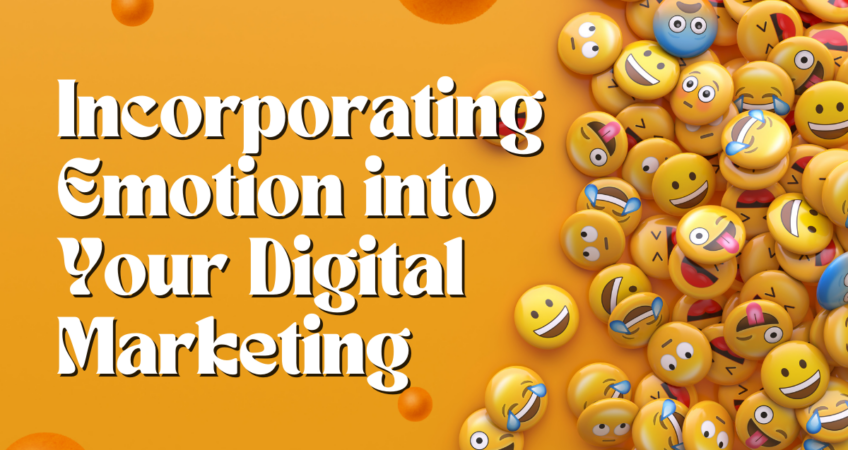
Incorporating Emotion into Your Digital Marketing
Emotions play a crucial role in decision-making and can significantly influence consumer behavior. By tapping into emotions, digital marketing can create more compelling and memorable experiences for the audience. Here’s how to effectively utilize emotions in your digital marketing strategy in Los Angeles:
1. Storytelling
Storytelling is a powerful way to evoke emotions. A well-crafted narrative can connect your brand and audience, making your message more relatable and impactful. For example, a company selling fitness equipment might share stories of individuals who transformed their lives through exercise, highlighting their struggles and triumphs. These stories can evoke emotions like empathy, inspiration, and motivation, encouraging others to engage with your brand.
2. Visual and Audio Elements
Visuals and sounds can strongly influence emotions. Using colors, imagery, music, and voice can set the tone and mood of your content. For instance, warm colors like red and orange evoke excitement and passion, while cool colors like blue and green convey calmness and trust. Similarly, an upbeat soundtrack can energize viewers, while a softer melody can evoke nostalgia or tranquility. Carefully selecting these elements helps convey the desired emotional tone and enhances the overall impact of your message.
3. Emotional Triggers
Different emotions can drive different actions. Identifying and leveraging emotional triggers that align with your brand’s goals can be an effective strategy. For example, feelings of nostalgia can be powerful; many brands tap into this by revisiting past products, styles, or trends. This can evoke fond memories and create a sense of comfort and familiarity. Conversely, emotions like fear or urgency can prompt quick action, often used in limited-time offers or scarcity-based marketing.
4. Empathy and Understanding
Showing empathy and understanding can build trust and strengthen the emotional connection with your audience. Addressing their pain points, challenges, and desires in your content demonstrates that you understand their needs and care about their well-being. For example, during challenging times, such as a global crisis or natural disaster, brands can express solidarity and support, providing comfort and reassurance. This builds goodwill and reinforces your brand’s values and humanity.
5. User-Generated Content and Testimonials
Real stories from satisfied customers can evoke positive emotions such as trust, joy, and confidence. Sharing user-generated content, reviews, or testimonials can make your brand more relatable and credible. For instance, featuring a customer’s heartfelt testimonial about how your product or service positively impacted their life can inspire others and create an emotional connection. This approach adds authenticity and can be more persuasive than traditional advertising.
6. Humor and Joy
Humor can be a great way to create a positive emotional experience and make your brand more memorable. Light-hearted content, funny videos, and playful interactions can bring joy to your audience. However, ensuring that your humor aligns with your brand identity and is appropriate for your audience is essential. A well-placed joke or a clever pun can lighten the mood and create a favorable impression of your brand.
7. Inspiration and Aspiration
Inspiring your audience by showcasing aspirational content can evoke feelings of hope, ambition, and desire. For example, lifestyle brands often use imagery of idealized lifestyles, encouraging customers to aspire to those standards. Inspirational quotes, success stories, and motivational content can uplift your audience and align them with your brand’s vision.
Conclusion
Utilizing emotions in digital marketing is about connecting with your audience more deeply. You can create more engaging, memorable, and impactful marketing campaigns by carefully crafting your messages and content to evoke specific emotions. Through storytelling, visual elements, empathy, or humor, tapping into emotions can help build stronger relationships with your audience and drive engagement with more meaning with your brand.

